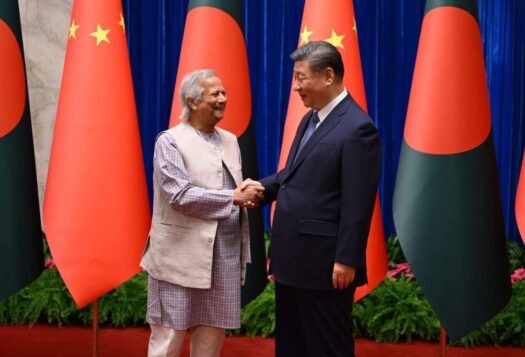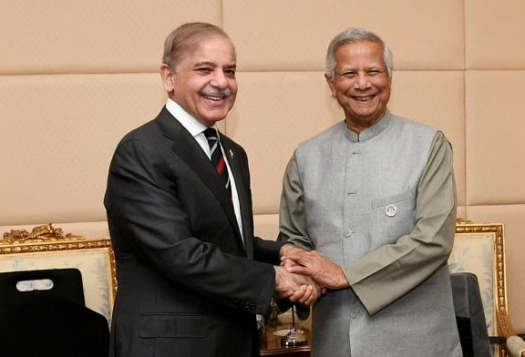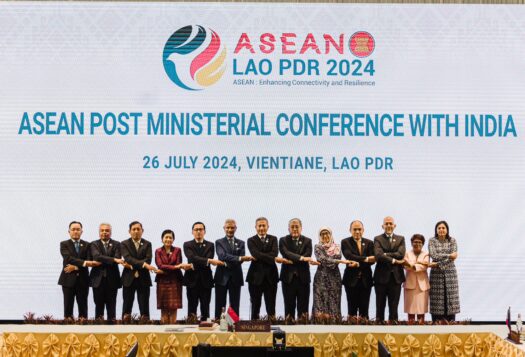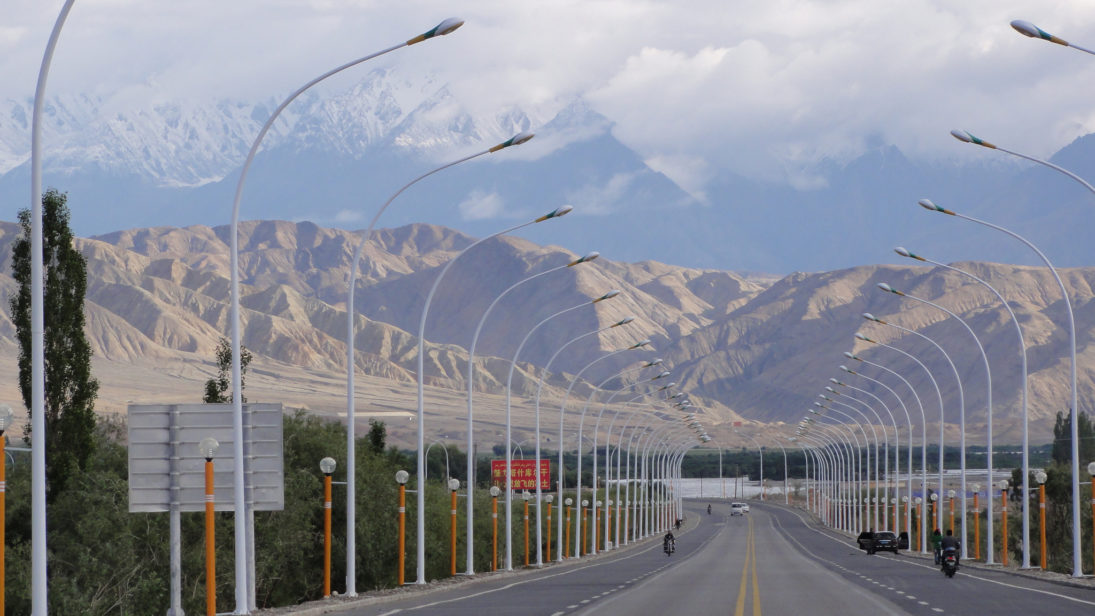
Posited by many as Beijing’s bid to shape the world order for its own economic and strategic interests, China’s Belt and Road Initiative (BRI) aims to transform Asian connectivity through mammoth infrastructural and energy projects, six corridors, and two roads: the 21st Century Maritime Silk Road and the Silk Road Economic Belt. The fastest moving project of the BRI, the China-Pakistan Economic Corridor (CPEC), is not only intensifying Pakistan’s importance to Asia but advancing regional connectivity across Central and South Asia. CPEC breeds opportunities for regional connectivity by involving multiple states in developmental projects with the potential to benefit all parties. Through the modalities of connectivity made possible by this flagship BRI initiative, the landlocked Central Asian Republics (CARs) and Afghanistan can now envision gaining access to the Indian Ocean and South Asia, enhancing their bilateral or multilateral economic relations through enhanced trade opportunities. Other proposed BRI corridors, such as the China-Central Asia-West Asia Economic Corridor and the New Eurasian Land Bridge, will also improve South-Central Asia connectivity. However, CPEC may fall short of its full potential to bring new economic life to the CARs as long as trade routes through Afghanistan remain off limits due to violence and instability.
CPEC: Enhancing South-Central Asia Connectivity
Pakistan is blessed with a geostrategic position at the crossroads of multiple subregions of Asia and the Arabian Sea. Pakistan’s immediate neighbor, Afghanistan, does not have access to the sea and few prospects to improve its economic growth by exploiting its natural resource wealth due to the 17-year conflict that has stunted the country’s economy. Additionally, the CARs—Kazakhstan, Kyrgyzstan, Tajikistan, Turkmenistan, and Uzbekistan—are also landlocked, but with an abundance of natural resources. With CPEC and its synergies with other existing regional connectivity projects, both regions get the chance to cooperate with each other to expand economic relations and to overcome fiscal and energy deficiencies.
In this context, states in the region have welcomed CPEC, aspiring to gain access to the markets of South Asia. The CARs have expressed an interest in utilizing the Gwadar port, which has the appropriate logistical linkages that would grant them access to the sea and is being revitalized under CPEC. In addition to this, the CARs will further benefit from transit and trade routes through Pakistan, gaining access to Middle Eastern and European markets via Gwadar for export purposes. Pakistan intends to connect Gwadar to Central Asia through the Gwadar-Termez Motorway spanning Uzbekistan, Afghanistan, Turkmenistan, and Tajikistan. With the Peshawar-Kabul Motorway, Afghanistan’s connection within the region will be strengthened, also allowing for Afghan participation in economic activities through the Indian Ocean. With the completion of western and eastern alignments of the corridor, all participating states will benefit from the enormous economic opportunities offered by CPEC.
CPEC projects can increase people-to-people connectivity in such a way that will boost regional tourism. To this end, Gilgit-Baltistan is another significant area that stands to benefit greatly from this mega project, especially in terms of increased tourism, as the Karakoram Highway—the main artery between China and Pakistan—runs through Gilgit-Baltistan in Pakistan. This highway is also slated for an upgrade under CPEC. In this way, CPEC projects can create interdependence between South and Central Asia, reviving centuries old cross-cultural relations between Pakistan and Central Asia.
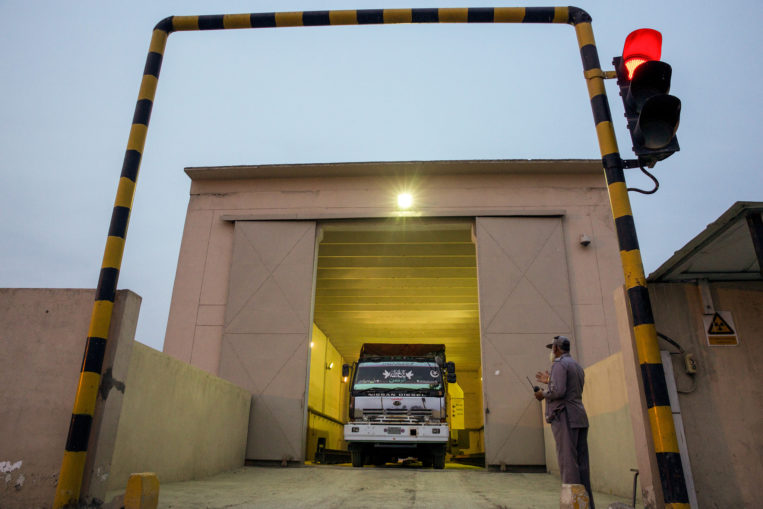
Afghan Stability: A Key Obstacle for CPEC
However, CPEC’s ability to be a blessing for improved trade relations between South and Central Asia is contingent upon Afghan peace and stability. While Pakistan and the CARs are striving to enhance their trade, energy, transportation, and economic relations, these efforts are hindered by ongoing militancy and insurgency in Afghanistan. For instance, Afghanistan’s strategic value essentially lies in its positioning between South and Central Asia. When China attempted to capitalize on this through a 30-year, $3 billion dollar USD mining investment in Afghanistan in 2008, the deal came to a halt due to Taliban attacks and mounting security concerns. To counter this, China has reportedly increased its security and military related aid and operations in Afghanistan. Arguably, Pakistan has also realized the need for greater Afghan integration and stability, hosting a meeting of the Central Asia Regional Economic Cooperation (CAREC) Program in 2015, an 11-country partnership working for the development of the region through collaboration. Nevertheless, Pakistan’s desire to become a center for economic activity between China and Central Asia will remain a dream until the resolution of the Afghan conflict, since the shortest and most cost effective route to connect the CARs to China runs through Afghanistan. Thus, the normalization of conditions in Afghanistan is mandatory for successful connectivity between Pakistan and Central Asia. To this end, Pakistan must ensure that its territory is not being used by any non-state extremist elements against Kabul while working with Afghanistan on other items of contention such as border fencing.
***
Image 1: Marc van der Chijs via Flickr
Image 2: Asian Development Bank via Flickr
